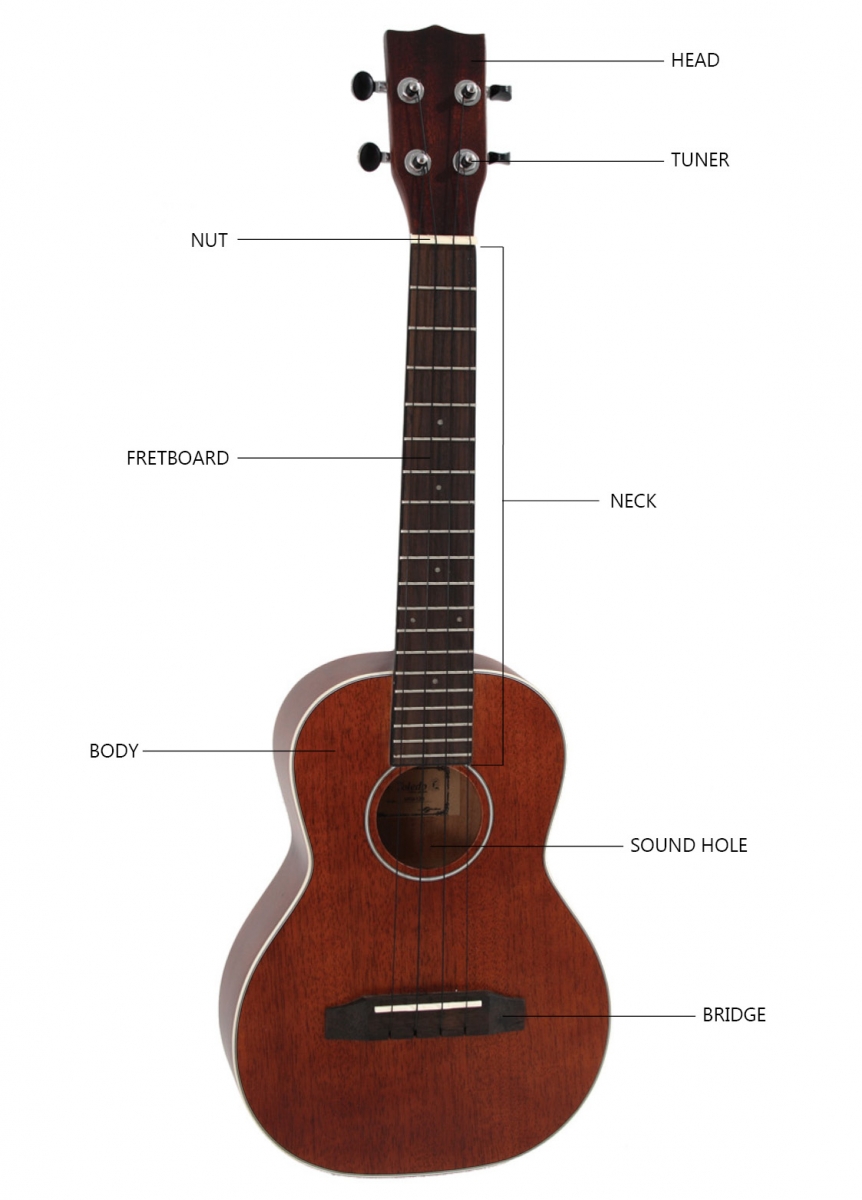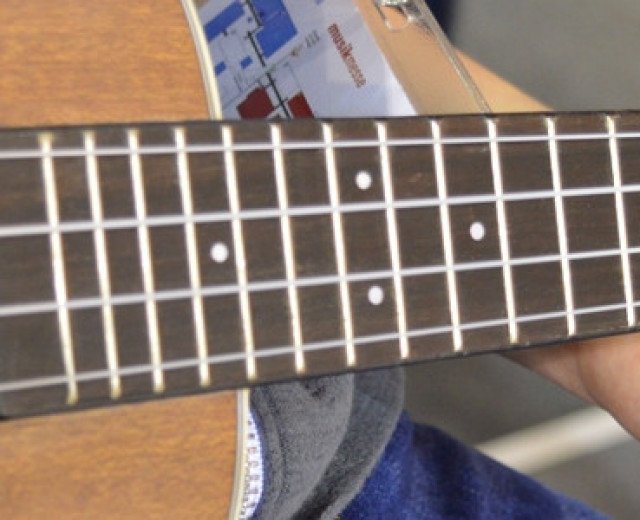From learning
methods to leisure time: the new golden age of the “jumping flea”
In the last
few years the ukulele (literally “jumping flea”) has
become increasingly popular, being preferred to the classics recorder and melodica
in music education, and taking the place of the guitar when singing by the fire
on the beach. Why?
There is
more the one reason: for instance, the ukulele combines the portability of instruments
like the melodica, to the possibility of singing along with your playing, just
like on the guitar. Moreover, playing songs from the modern repertoire on the ukulele
is easier than on instruments like the recorder, and on the Internet it’s easy
to find entire songbooks for this little four-stringed instrument. The ukulele is
relatively easy playable by small hands, the price is very affordable, and
guitar and bass players can learn the new fingerings and chords without
difficulties, using their skills on the new instrument.
With its exotic Hawaiian vibe, the ukulele feels undoubtedly much more lighthearted,
cheerful and lively than an austere recorder or a classic melodica!
A brief
historical background
Ukulele means “jumping
flea”. This was the
name people in Honolulu gave to that little instrument with four strings that Portuguese
immigrants played while working in the sugar cane fields. In 1800, the immigrants
coming from Madeira used the jumping flea to play Portuguese folk songs, and
finally attracted the natives, who started to play that little instrument that
seemed to offer a relief from the hard work with its cheerful sound.
The different
parts
At a first sight, the ukulele can resemble a small guitar with four strings: some sort of combination of guitar and bass. In fact it is an instrument in itself, with its own distinctive tone, registers, playing techniques, and applications. But from the building point of view, the ukulele shares with the guitar and the bass the main structural elements:
- Headstock (at the end of the neck, where the tuners are placed)
- Fingerboard (with frets to play the different notes)
- Neck (where the player holds the instrument and where the fingerboard is glued to)
- Body (the soundbox of the instrument)
- Sound hole (the opening in the soundbox)
- Nut (a bar made of varying materials that determines the height of the strings at the end of the fingerboard)
- Bridge (a plate that holds the strings, usually made of wood)
- Tuners (the keys used to tune the instrument)

The different
types of ukulele: how to choose the right one?
‘Which one is the best ukulele for a beginner?’ This is one of the most frequent
questions. Let’s start saying that there are 5 types of ukulele, with different
dimensions and consequently different registers. Of course, the longer the scale length (that
is the distance between the bridge and the nut) the lower is the register of
the instrument and this relates also to the type of tuning used. The most common tuning is in C (G-C-E-A), except for the baritone ukulele.
|
TYPE |
SCALE LENGTH |
OVERALL LENGTH |
TUNING |
|
Sopranino |
Less than 12" (30 cm) |
About 17" (43 cm) |
GCEA (Sol-Do-Mi-La) |
|
Soprano |
13" (33 cm) |
21" (53 cm) |
GCEA (Sol-Do-Mi-La) |
|
Concert (mezzosoprano) |
15" (38 cm) |
23" (58 cm) |
GCEA (Sol-Do-Mi-La) |
|
Tenor |
17" (43 cm) |
26" (66 cm) |
GCEA (Sol-Do-Mi-La*) |
|
Baritone |
19" (48 cm) |
30" (76 cm) |
DGBE (Re-Sol-Si-Mi) |
*The note A
(La) in the tenor ukulele is transposed an octave down, becoming the lowest note.
- Sopranino: fallen into disuse, it is the smallest one and it’s very similar to the soprano, but smaller sized
- Soprano: it is the most common and the smallest one, except for the sopranino, and offers the classic unmistakeable ‘ukulele’ tone. It’s the favourite choice for beginners, with 12 - 14 frets.
- Concert (mezzosoprano): ideal for rhythmic accompaniment, has a fuller sound. Features 15 - 20 frets
- Tenor: the best one for solo parts, with a higher string tension and a fuller sound than the concert type. Features more than 15 frets and the A string is tuned an octave lower than the smaller ukuleles
- Baritone: featuring more than 19 frets, it is the largest among the ukulele family and uses the same tuning of the first four strings of the guitar (D-G-B-E). It loses, for this reason, the distinctive ‘ukulele sound’, but offers a very full tone and it’ easy to play for the guitarists
The strings
The ukulele’s
strings are made of different materials, e and the technological research is
always offering new solutions to meet the requests of a growing market. As and
example, we can mention the transparent nylon strings, the black nylon or the bio-nylon
strings, made of biodegradable nylon. For the professionals and musicians
requiring superior performances the best choice is the Nylgut (synthetic gut) with its variations or the fluorocarbon strings (also available
with different formulas).
The most
renowned brands are Aquila (from Italy)
for the Nylgut strings and Worth (from
Japan) for the fluorocarbon ones, but almost all the guitar and bass string
manufacturers today are offering ukulele strings. As always, our advice is to
try, in order to calibrate your choice at best for your instrument and personal
playing style.
An important final notice: as the ukulele strings are usually rather delicate and wear out easily, you should never use guitar picks, but rather play with your fingers or using felt picks.
